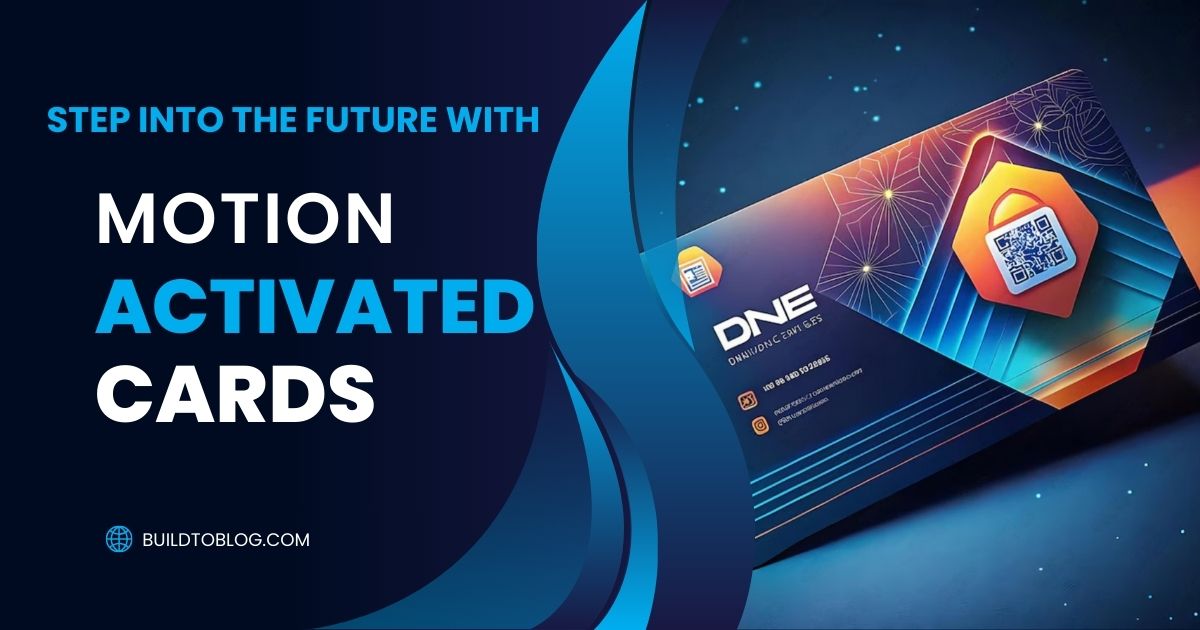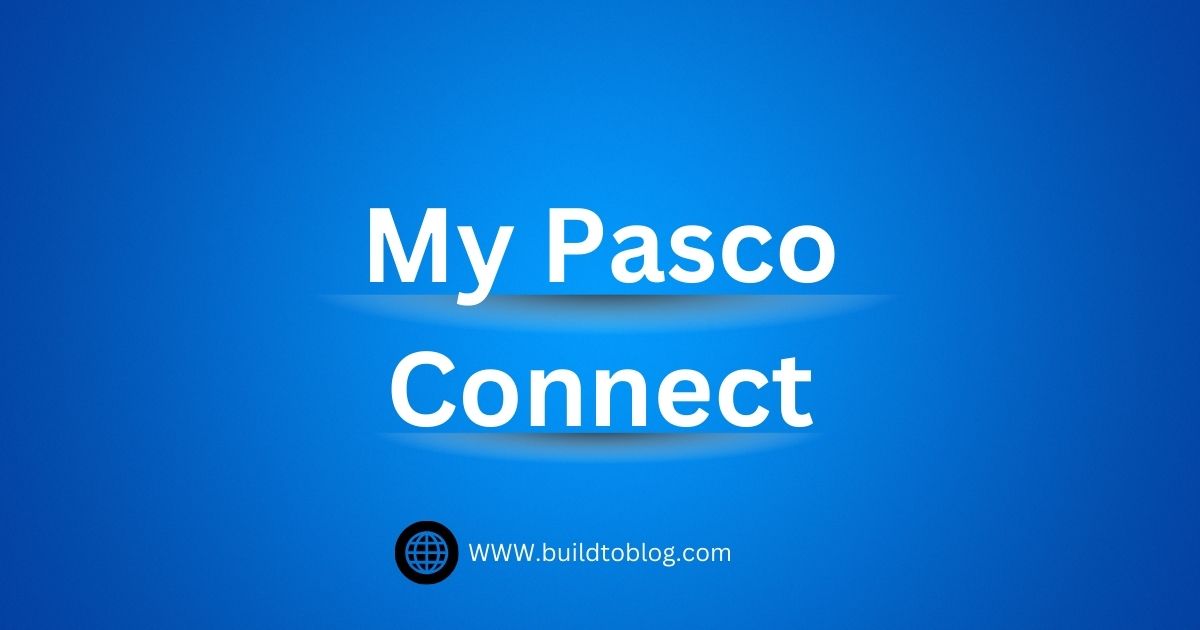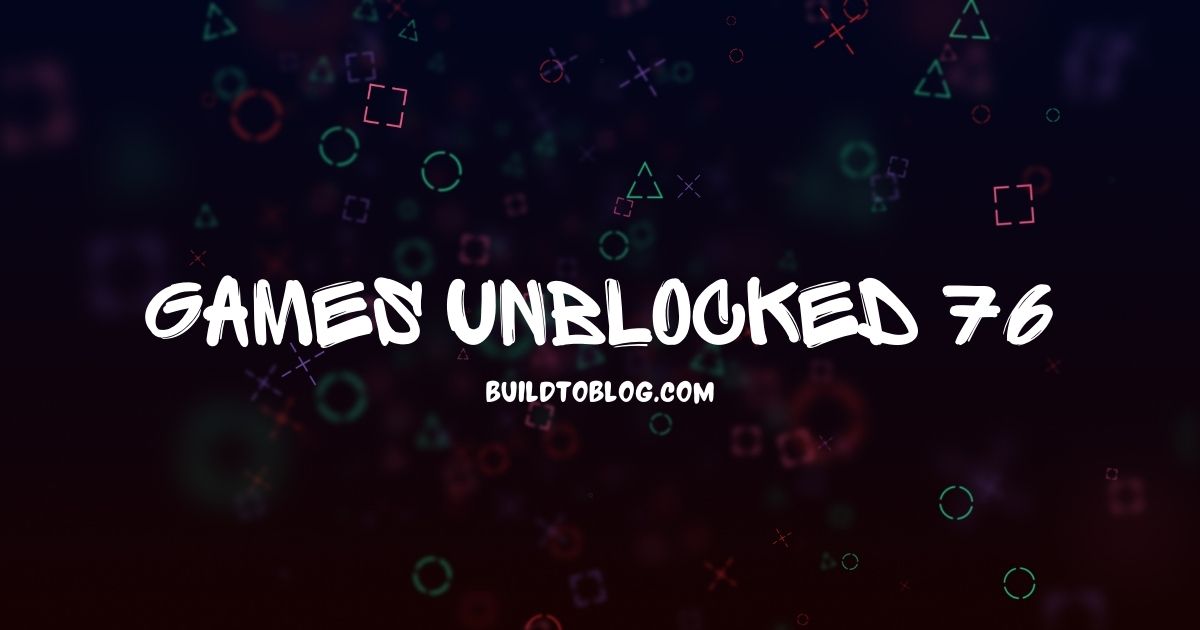Drawing people in and getting them invested may be tough work for facilitators. Workshops, presentations, or other learning environments often struggle to maintain participant engagement when using more conventional approaches. Introducing motion-activated cards – a cutting-edge technology that can completely transform the way facilitators engage with their audience. These cards enhance the facilitation process by incorporating motion sensing technology, which activates auditory, visual, or tactile responses. What are the benefits and uses of motion-activated cards in facilitation? Let’s explore them thoroughly.
What Are Motion-Activated Cards?
Embedded with sensors that identify motion, these cards are designed to be motion-activated. Some of the reactions that these cards may trigger when they sense movement include playing a sound clip, turning on lights, or even making a vibrational sound. Thanks to technological advancements, we can reach people in ways that printed materials just can’t. While motion-activated cards are most commonly seen in advertising, they are discovering fascinating new applications in facilitation.
How Motion-Activated Cards Work
These cards’ underlying technology isn’t complicated at all. The card has built-in sensors that can detect motion and, when triggered, set off a pre-set reaction. It may be something audible, like a spoken message, or something visible, like a blinking LED light. Even though the response is brief, it manages to captivate and engage the audience. Because motion sensors are so small, the cards may still be easily transported and used in a variety of environments without sacrificing portability or weight.
The Importance of Engagement in Facilitation
Facilitation entails leading participants in a workshop, training, or brainstorming session through a predetermined procedure. Keeping participants interested is a major problem for facilitators. If the discussion gets too tame or biased, the audience can become disinterested. Here is where cards that detect motion may really shine. These cards offer an engaging, multi-sensory experience that keeps players hooked. Facilitators are able to keep the session on track with the use of motion and response since it captures attention in a natural way.
Applications of Motion-Activated Cards in Facilitation
One of the many ways in which motion-activated cards might improve facilitation is through their versatility. To kick off a session, for example, they can act as icebreakers. One way to get people excited and involved is to give them a card that lights up or makes a sound when they get close. In addition to keeping people’s attention and concentration, these cards can provide crucial information or instructions in a memorable fashion.
Breaking the Ice with Motion-Activated Cards
In order to make everyone feel more at ease in a group situation, facilitators frequently use icebreakers. This may be made into a lively and entertaining game with motion-activated cards. Picture this: you hand out these cards, and as soon as someone approaches them, they make a noise or light up. This has the potential to make people laugh and curious, which in turn may lead to a more open and friendly atmosphere. Surprising everyone makes everyone more comfortable talking to the facilitator and each other.
Using Motion-Activated Cards to Reinforce Learning
Using motion-activated cards to review important concepts is a great idea for classrooms. When participants go by, a pre-programmed card might play a reminder or important piece of information. This does double duty: it confirms what you’ve learned and adds a sensory component that helps you remember it. In order to help participants remember the training material, facilitators might use these cards to emphasize key points.
Enhancing Group Activities with Motion-Activated Cards
Even though they are common in facilitating, group activities may quickly get old. Facilitators may inject these games with fresh life by using motion-activated cards. Tasks requiring players to navigate the room while interacting with motion-sensitive cards are one example. This promotes movement, which can enhance focus and inspiration. In addition, players are encouraged to collaborate due to the cooperative nature of the cards, which allows them to activate each other’s responses.
Customizing Motion-Activated Cards for Different Audiences
Their adaptability is a major plus of motion-activated cards. They are adaptable to meet the demands of various facilitators and audiences. The cards might play audio messages that emphasize important business ideas during a company training session. The cards could make noises and flash colors in a creative session, encouraging participants to think beyond the box. As a facilitator, you may personalize the cards to match your session’s goals; the options are unlimited.
Increasing Interactivity with Motion-Activated Cards
The versatility of motion-activated cards is one of its main advantages. They may be adjusted to suit the needs of different facilitators and audiences. During a corporate training session, the cards might play audio messages that highlight crucial business concepts. As a way to get people to think creatively, the cards might flash colors and produce noises during the session. The possibilities are endless when it comes to how you, as the facilitator, may customize the cards to fit the objectives of your session.
The Role of Sensory Stimulation in Learning
One of the most important factors in learning and participation is sensory stimulation, which motion-activated cards harness. Studies have shown that learning experiences that engage more than one sense lead to far better long-term memory recall. Interactive motion-activated cards enhance the experience by appealing to various senses by the integration of visual, aural, or tactile responses into the facilitation. Not only does this make the session more entertaining, but it also aids participants’ ability to retain knowledge.
Creating Memorable Experiences with Motion-Activated Cards
For a facilitating session to be successful, it must make an impression on its participants that will stay. By including a sense of surprise and interaction, motion-activated cards enhance the creation of unforgettable encounters. These subtle but significant details add life to the session, such a light blinking when an opponent is near or a sound playing when a card is moved. Overall, the facilitation is more successful since participants are more likely to reflect and recall the experience.
Cost-Effectiveness
The relatively low price of motion-activated cards belies their sophisticated technology. They are affordable and easy to create in large quantities, making them suitable for facilitators on a limited budget. Because the cards may be used for more than one session and have an influence that lasts, the ROI is high. Facilitators who are often on the go or who want adaptable tools will find them to be an ideal choice due to their mobility and user-friendliness.
Sustainability Considerations
Sustainability is an issue with all technologies. Nevertheless, these cards may be created using components and materials that are kind to the environment. To make sure that facilitators can use this technology without harming the environment, several manufacturers are now making cards with biodegradable or recyclable materials. The fact that these cards last a long time also means that you may use them again and again, which cuts down on waste and the frequency with which you have to replace them.
Challenges and Limitations
Although there are several advantages to these cards, there are also some disadvantages. The sensors’ dependence on batteries, which may need replacing on a regular basis, is one possible drawback. The fact that the initial appeal of the cards could fade with each usage is another drawback. Nevertheless, when weighed against the benefits, these drawbacks are modest, and facilitators may make the most of these cards with careful preparation and upkeep.
The Future of Facilitation with Motion-Activated Cards
It is conceivable that these cards will become even more advanced as technology keeps on advancing. In the future, we may see cards that can be controlled by voice commands or that can connect to other digital devices like VR headsets or smartphones. More dynamic, engaging, and fruitful sessions may be created by facilitators who take advantage of these technologies, and the potential for innovation in this area is enormous.
Conclusion
Exciting new technology, motion-activated cards can revolutionize the way facilitators work. These cards assist facilitators in making sessions more interesting and interesting to participants by include aspects of interaction, sensory stimulation, and personalization. Even if there are a few drawbacks, these cards are a great tool for facilitators who want to up their game.
FAQs
Can motion-activated cards be used in any facilitation session?
Yes, they can be customized to fit the needs of various sessions, from corporate training to creative workshops.
Are these cards expensive to produce?
No, they are relatively cost-effective, especially when produced in bulk.
How long do the batteries in these cards last?
Battery life varies but can last for several sessions depending on usage.
Can these cards be eco-friendly?
Yes, many manufacturers offer biodegradable or recyclable options.
What is the future of these cards in facilitation?
The future looks promising, with potential integrations like voice commands and digital platforms.





